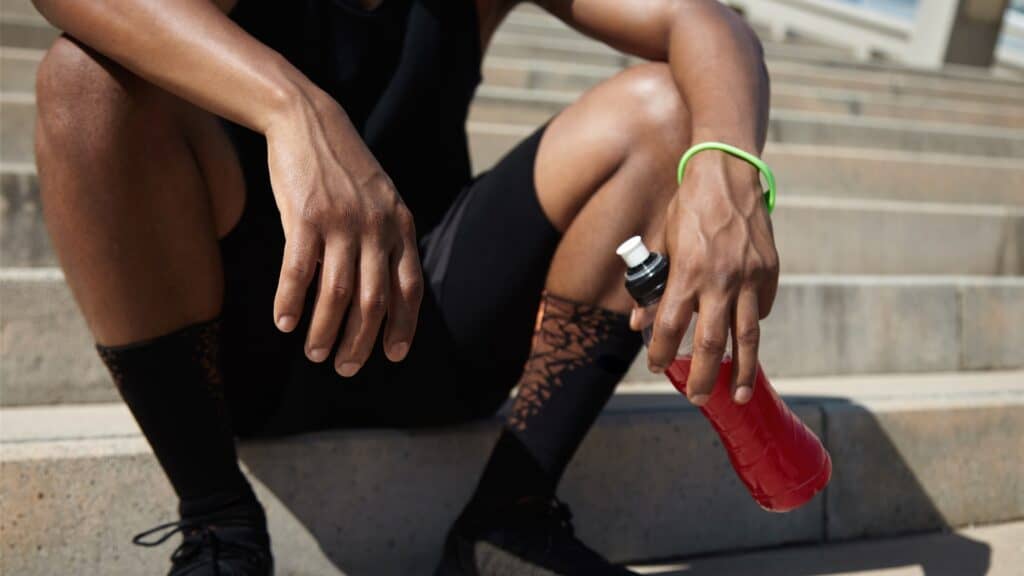As someone deeply entrenched in the world of coaching and guiding runners through their training journeys, I often encounter this inquiry.
In the realm of long-distance running, the efficacy of energy gels remains a subject of debate. However, it’s crucial to acknowledge that the need for gels varies greatly among runners. While gels offer a convenient source of quick energy, they may not be universally necessary. It ultimately boils down to individual preferences, bodily responses, and overall enjoyment of the sport. By staying attuned to our bodies and training regimens, runners can make informed decisions about the role of energy gels in their running journey, optimizing performance while prioritizing personal well-being.
In this article, I aim to shed light on the debate surrounding the use of gels during extended runs, drawing from my experience.

Understanding Individual Needs
When it comes to fueling strategies, I firmly advocate for an approach that prioritizes individual needs and preferences.
What works for one runner may not necessarily be suitable for another. It’s essential to recognize that the effectiveness of energy gels varies from person to person. For some, they provide a convenient and efficient source of fuel, while others may find them disagreeable or unnecessary.
Related: Low Carb Running Nutrition: How To Fuel Before & During Your Long Runs
Assessing Gel Efficiency
Energy gels are often lauded for their ability to deliver a concentrated burst of carbohydrates in a short amount of time.
However, it’s crucial to acknowledge that they are not the only option available. Some runners may experience digestive discomfort or adverse reactions after consuming gels, leading them to seek alternative fueling sources.
As such, it’s essential to explore various options and determine what works best for your body.

Listening to Your Body
One of the most valuable lessons I impart to my clients is the importance of listening to their bodies. Our bodies communicate with us in subtle ways, providing cues about our energy levels, hydration status, and overall well-being.
By tuning into these signals and adjusting our fueling strategies accordingly, we can optimize performance and mitigate the risk of hitting the dreaded “wall.”
If foregoing gels allows you to enjoy your runs more fully and sustain your energy levels effectively, then it’s a decision worth considering.
As runners, it’s essential to approach this topic with an open mind and a willingness to experiment before race day approaches.
By prioritizing individual needs, assessing the efficiency of different fueling strategies, and listening to our bodies, we can navigate this decision with confidence. Whether you choose to embrace gels or opt for alternative sources of fuel, the most important thing is to find what works best for you and allows you to derive maximum enjoyment from your running endeavours.



Comments are closed.